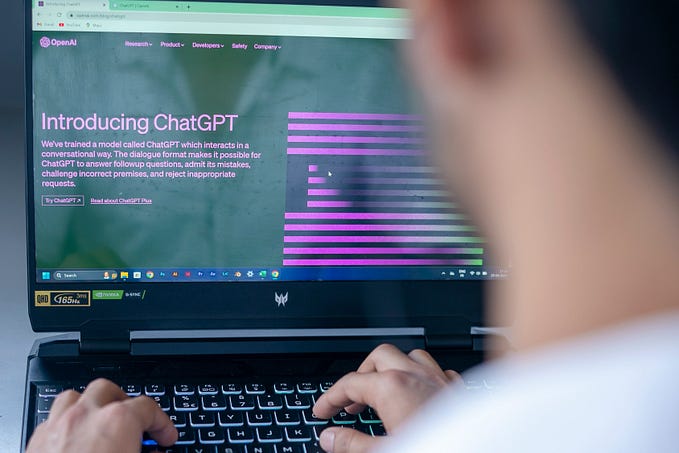Verifying fake media content
The experts who develop the JPEG file format are working on an international standard to make it easier to detect fake media
Even a cursory glance at the history books is enough to realize that there is nothing new about fake media. A good example is Richard III of England, whose surviving portraits show a twisted and deformed hunchback, with narrow, dark eyes and cruel, thin lips.
Thanks to modern scanning techniques we now know that the paintings were altered by Tudor propagandists to create the evil monster that Shakespeare called a “poisonous bunch-backed toad”. Furthermore, a facial reconstruction based on the skull of Richard III suggests that he was somewhat better looking than we have been led to believe. Meanwhile, forensic scientists who have examined his skeleton have ruled out that he had any major deformities. In other words, the Tudors leveraged what nowadays we would call fake news, a subset of fake media, to attack Richard’s character and image.
Good and bad
The term ‘fake’ applies to any media that has been manipulated. Whether it is good or bad depends to a large extent on the intentions of the person or people who created it. Special effects in movies, photographers creating different versions of an image, or radio journalists removing ums and pauses from interviews are all examples of media that is manipulated for good reasons. The entertainment industry benefits enormously from new technologies to create realistic special effects. There is even an Oscar for the best visual effects. It is the same with the news: leading public service broadcasters use virtual studios for their news bulletins, where the set is often computer-generated.
Richard of York was a victim of what UNESCO defines as ‘disinformation’ — information that is false and deliberately created to harm a person, social group, organization or country. UNESCO contrasts this with ‘misinformation’ — information that is false but not created with the intention of causing harm — and ‘malinformation’ that is based on reality but intended to cause harm, often by moving private and confidential information into the public sphere.
They are different facets of fake news with the capacity to generate social unrest. Misinformation typically occurs during breaking news situations, for example, when people are anxious for updates and not always diligent about verifying information. Disinformation and malinformation are meant to be malevolent and fuel discontent, often for political gain. A case in point is the video disseminated on social media last year that had been deliberately slowed down to give the impression that the United States House Speaker, Nancy Pelosi, was drunk.
More transparency
Experts from the standardization bodies IEC, ISO and ITU believe that the answer is to increase transparency about the source and the types of manipulation performed. The technologists and scientists responsible for the JPEG picture format — the acronym stands for the Joint Photographic Experts Group — are developing a backwards-compatible standard that they hope will make it easier to create media that protects source information, as well as safeguarding intellectual property rights.
They hope the new international standard, when it is ready, will help journalists and insurance investigators, among others, to verify the authenticity of photos and video. It could also benefit artists who have had their original digital works stolen and minted as NFTs (Non-Fungible Tokens) by scammers. (NFTs are unique digital assets that can be bought and sold like physical property, with some fetching tens of millions of dollars at auction.)
The planned new standard should also make it easier to spot so-called ‘deepfakes’, which are computer-generated clips that not only distort reality but could also destroy the reputations of their victims. According to MIT Technology Review, deepfakes are “a perfect weapon for purveyors of fake news who want to influence everything from stock prices to elections.”
Recent advances in media manipulation are making it increasingly difficult to know what can and cannot be believed. Artificial intelligence technologies like deep learning, for example, are being used to produce near realistic media content that to the human eye is almost indistinguishable from the real thing.
Restoring trust
The major challenge is that the authors of manipulated footage often keep their handiwork hidden, especially when the purpose is fake news. That is why social media companies and news outlets have been developing internal processes to detect and flag the offending content.
Some governments are planning legislation to address the problem. The JPEG working group believes it can support these various efforts by developing a standard that facilitates a secure and reliable way of flagging fake media, whether created in good faith or with malicious intentions. It might even help to restore trust in journalism undermined by fake news.
The IEC and ISO Joint Technical Committee for information technology (JTC 1) develops international standards for information technology. The ISO/IEC and ITU Joint Photographic Experts Group (JPEG) is part of JTC 1 subcommittee 29, which covers coding of audio, picture, multimedia and hypermedia information.
They are responsible for the popular JPEG, JPEG 2000, JPEG XR, JPSearch, JPEG XT and more recently, the JPEG XS, JPEG Systems, JPEG Pleno and JPEG XL families of imaging standards.
The JPEG format is the most widely used image format on the internet, with billions of JPEG images produced every day. JPEG and MPEG experts have won several Emmy awards in recent years for their ground-breaking contributions to the global audiovisual industry.









